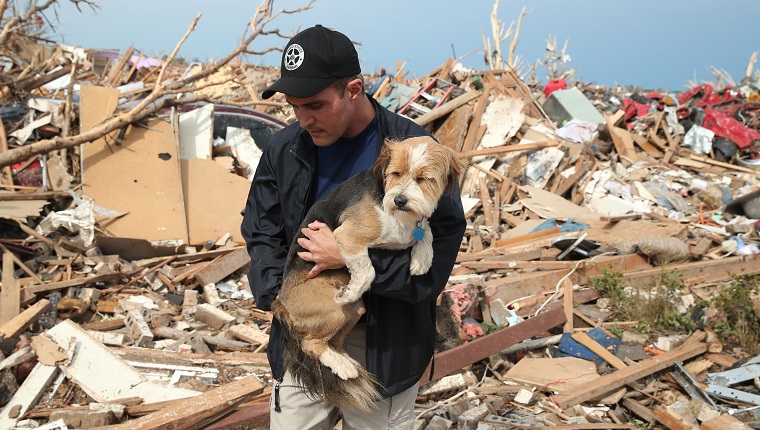Tornadoes are some of the most destructive storms that households have to manage. These funnels can sustain extremely high wind speeds that may destroy an entire building in the course of a few minutes. It’s not surprising that pets find this type of storm particularly stressful to experience.
Fortunately, families have many ways that they can prepare to minimize damage to their homes and…




